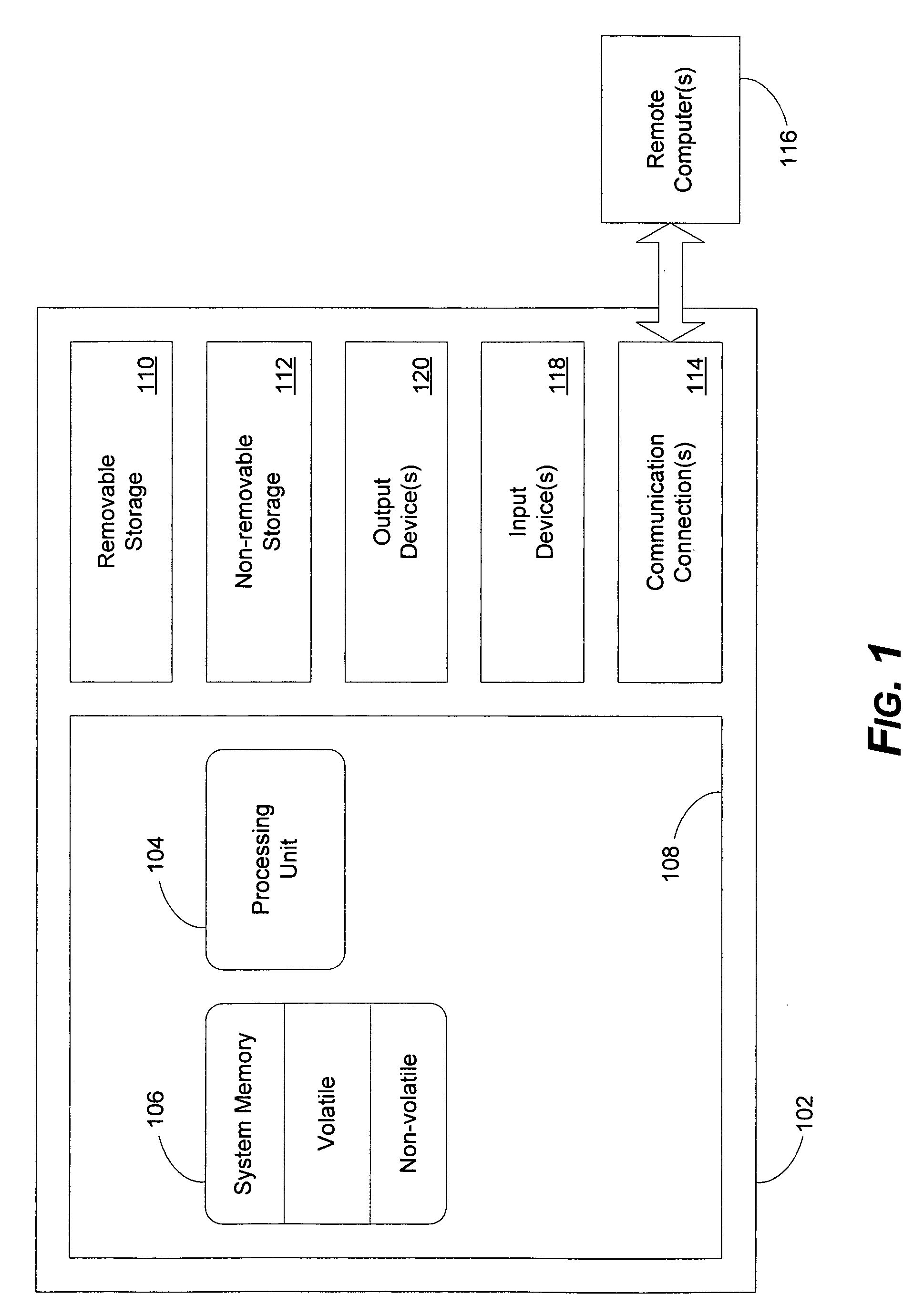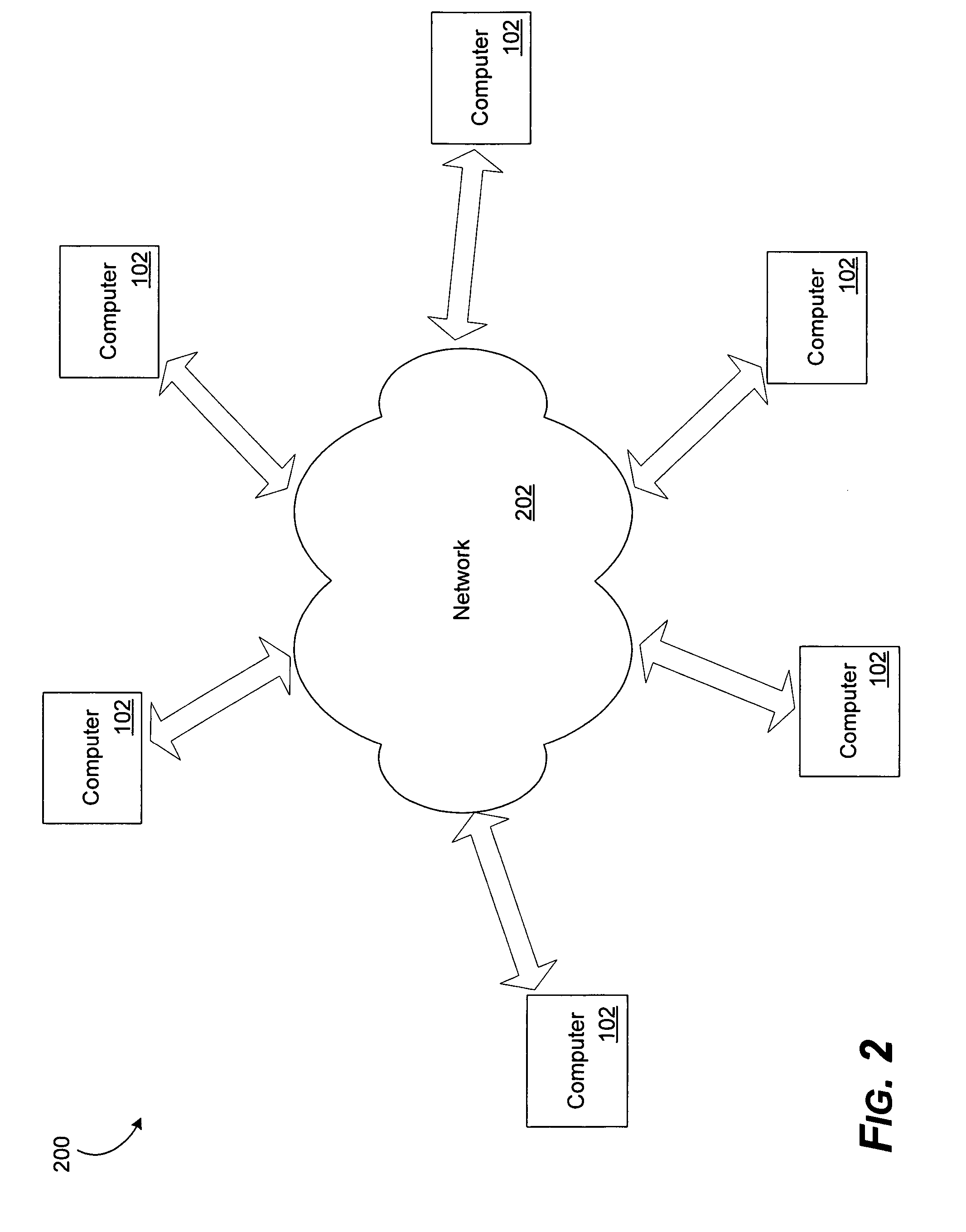Lossless recovery for computer systems with remotely dependent data recovery
a computer system and data recovery technology, applied in the field of computer systems, can solve problems such as heisenbugs, heisenbugs, and inability to solve and achieve the effect of solving the problem of not solving every robustness and reliability problem
- Summary
- Abstract
- Description
- Claims
- Application Information
AI Technical Summary
Benefits of technology
Problems solved by technology
Method used
Image
Examples
Embodiment Construction
[0025]Prior to proceeding with a description of the various embodiments of the invention, a description of a computer in which the various embodiments of the invention may be practiced is now provided. Although not required, the invention will be described in the general context of computer-executable instructions, such as program modules, being executed by a computer. Generally, programs include routines, objects, components, data structures and the like that perform particular tasks or implement particular abstract data types. The term “program” as used herein may connote a single program module or multiple program modules acting in concert. The terms “computer” and “computing device” as used herein include any device that electronically executes one or more programs, such as personal computers (PCs), hand-held devices, multi-processor systems, microprocessor-based programmable consumer electronics, network PCs, minicomputers, tablet PCs, laptop computers, consumer appliances havi...
PUM
 Login to View More
Login to View More Abstract
Description
Claims
Application Information
 Login to View More
Login to View More - R&D
- Intellectual Property
- Life Sciences
- Materials
- Tech Scout
- Unparalleled Data Quality
- Higher Quality Content
- 60% Fewer Hallucinations
Browse by: Latest US Patents, China's latest patents, Technical Efficacy Thesaurus, Application Domain, Technology Topic, Popular Technical Reports.
© 2025 PatSnap. All rights reserved.Legal|Privacy policy|Modern Slavery Act Transparency Statement|Sitemap|About US| Contact US: help@patsnap.com



